Rising Energy Costs
The escalating costs of traditional energy sources are driving consumers towards alternative energy solutions, thereby benefiting the Residential Micro Inverter Market. As electricity prices continue to rise, homeowners are increasingly seeking ways to reduce their energy bills. Micro inverters, which optimize the performance of solar panels, enable homeowners to generate their own electricity, thus mitigating reliance on grid power. In 2025, it is anticipated that residential energy costs will increase by approximately 5%, further incentivizing the shift towards solar energy solutions. This trend suggests that the Residential Micro Inverter Market will experience heightened demand as more consumers look for cost-effective and sustainable energy alternatives.
Technological Innovations
Technological advancements in micro inverter design and functionality are significantly influencing the Residential Micro Inverter Market. Innovations such as improved efficiency rates, enhanced monitoring capabilities, and integration with energy storage systems are making micro inverters more appealing to consumers. For instance, the latest models can achieve efficiency rates exceeding 95%, which is a notable improvement over traditional inverter systems. Furthermore, the ability to monitor energy production in real-time through mobile applications adds a layer of convenience for users. As technology continues to evolve, the Residential Micro Inverter Market is likely to see increased adoption rates, as homeowners seek cutting-edge solutions that offer both performance and ease of use.
Government Incentives and Policies
Supportive government policies and incentives are pivotal in driving the Residential Micro Inverter Market. Many countries have implemented tax credits, rebates, and grants to encourage the adoption of solar energy systems, including micro inverters. For example, in 2025, several regions are expected to offer incentives that could cover up to 30% of the installation costs for residential solar systems. Such financial support not only lowers the initial investment barrier for homeowners but also promotes the long-term viability of solar energy solutions. Consequently, the Residential Micro Inverter Market stands to gain from these favorable policies, as they stimulate consumer interest and investment in renewable energy technologies.
Growing Demand for Renewable Energy
The increasing The Residential Micro Inverter Industry. As consumers become more environmentally conscious, the demand for solar energy solutions has surged. In 2025, the residential solar market is projected to grow at a compound annual growth rate of approximately 20%. This trend indicates a robust shift towards sustainable energy solutions, with micro inverters playing a crucial role in optimizing solar panel performance. By converting direct current to alternating current at the panel level, micro inverters enhance energy efficiency, making them an attractive option for homeowners. The Residential Micro Inverter Market is thus positioned to benefit from this growing demand, as more households seek to reduce their carbon footprint and energy costs.
Integration with Smart Home Technologies
The growing trend of smart home technologies is influencing the Residential Micro Inverter Market. As homeowners increasingly adopt smart devices, the integration of micro inverters with home automation systems becomes more appealing. This integration allows for enhanced energy management, enabling users to monitor and control their energy consumption more effectively. In 2025, it is projected that the smart home market will expand significantly, with a notable increase in the adoption of energy management systems. This trend indicates that the Residential Micro Inverter Market could see a surge in demand as consumers seek solutions that not only provide energy efficiency but also align with their smart home aspirations.


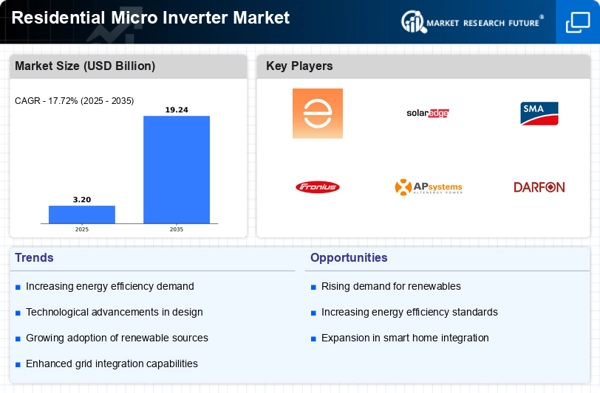
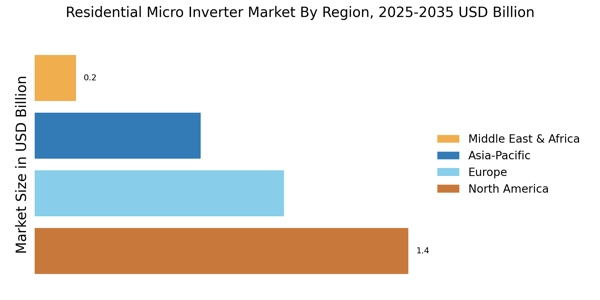
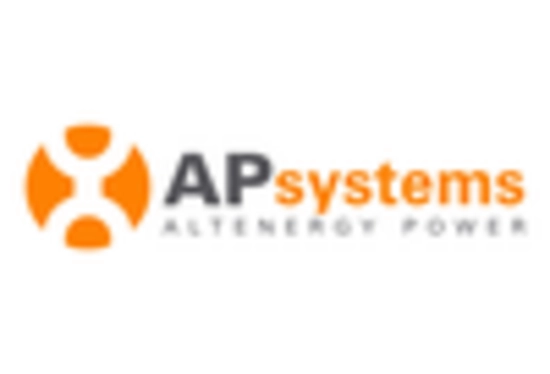
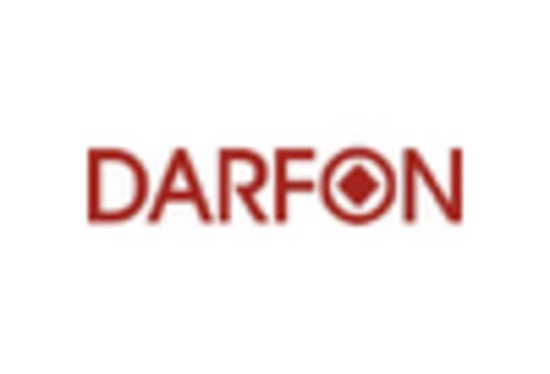
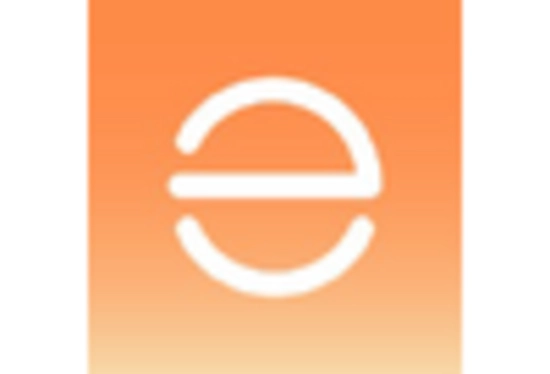
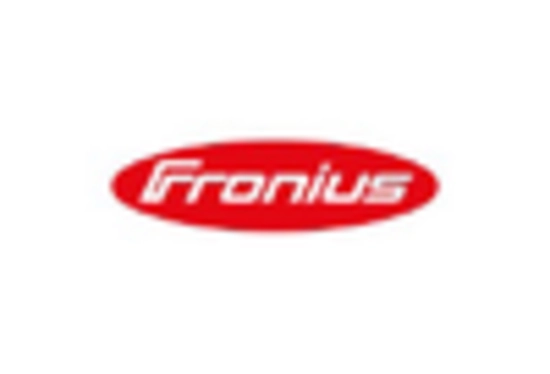
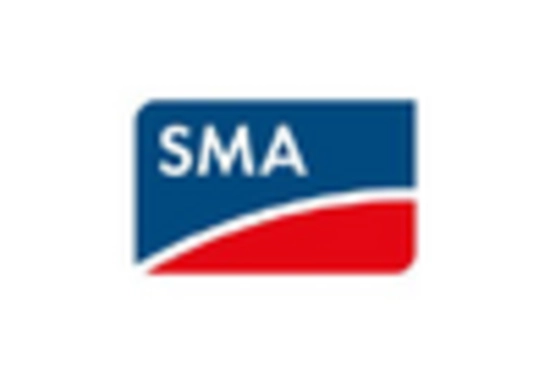
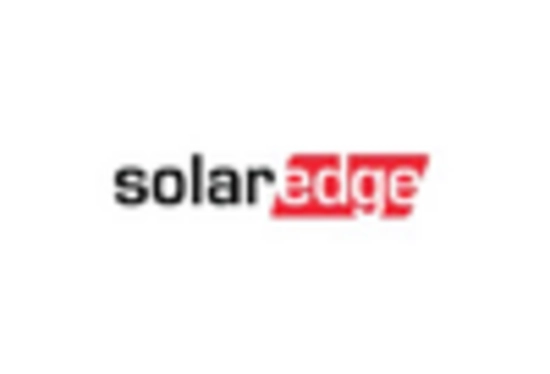








Leave a Comment